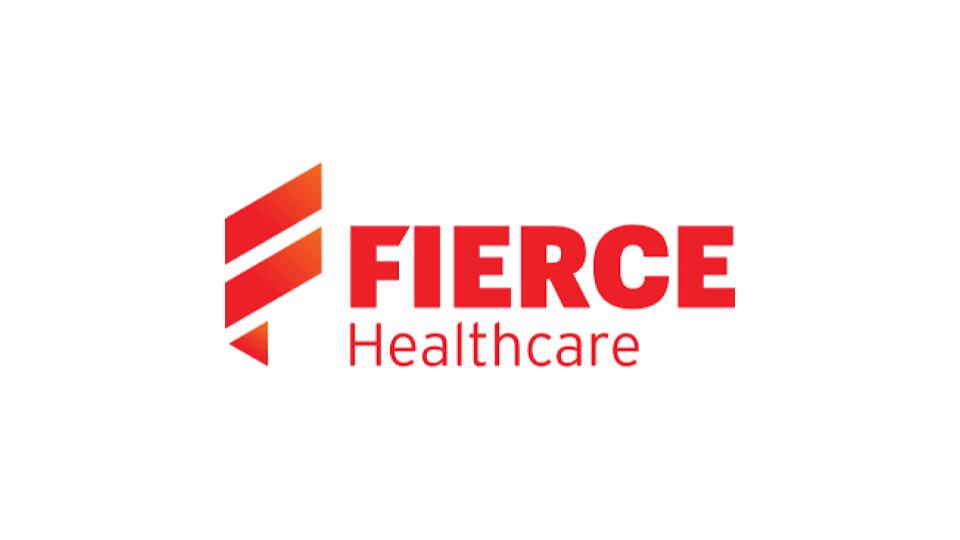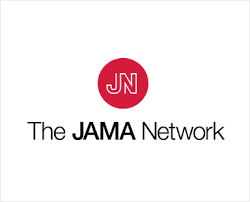 Supply Chain/Technology
Supply Chain/Technology
Healthcare industry groups criticize federal cybersecurity reporting rule

Editor's Note Healthcare industry groups are calling for the federal government to streamline and ease the recently proposed cybersecurity incident reporting rule by the Cybersecurity and Infrastructure Security Agency (CISA), Fierce Healthcare reported July 8. According to the report, CISA's proposal imposes enhanced reporting requirements for critical infrastructure entities, including…
Justice Department announces nationwide action on healthcare fraud enforcement

Editor's Note On June 27, The Justice Department announced the 2024 National Health Care Fraud Enforcement Action, leading to criminal charges against 193 defendants, including 76 medical professionals across 32 federal districts in the U.S. for their involvement in various health care fraud schemes. These schemes accounted for approximately $2.75…
New research shows health risks of smoke exposure in gastrointestinal endoscopy

Editor's Note Research presented at this year’s Digestive Disease Week in May highlights the potential health risks posed by smoke generated during tissue-cutting ablations in gastrointestinal (GI) endoscopy, Gastroenterology & Endoscopy News May 18 reports. Unlike surgeons in ORs, who follow specific regulations to mitigate smoke exposure, GI endoscopy procedures…
Healthcare cybersecurity earns B+, but vulnerabilities remain

Editor's Note Although SecurityScorecard gave the US healthcare a “better than expected” B+ rating for cybersecurity in 2024, the supply chain cybersecurity firm also highlighted significant risks in application and endpoint security, HealthcareIT News reported June 25. Overall, 35% of third-party data breaches in 2023 affected healthcare organizations, the…
FDA announces Class 1 recalls for ventilators, LVAS monitors

Editor's Note The US Food and Drug Administration has announced class 1 recalls—the most severe category indicating risk of serious injury or death—for Abbot Medical’s HeartMate System Monitor and Philips Respironics OmniLab Advanced+ (OLA+) ventilator. According to the agency’s June 28 report, the recall of the HeartMate System Monitor, part…
Povidone iodine noninferior to chlorhexidine gluconate for preoperative skin antisepsis

Editor's Note Amid continued debate about the best choice of preoperative skin antiseptic, findings published in JAMA June 17 show that povidone iodine in alcohol offers similar outcomes to chlorhexidine gluconate when used in alcohol. The randomized clinical trial included 3,360 patients in 3 tertiary care hospitals in Switzerland, 2,187…
FDA issues Class 1 recalls for two ventilator models

Editor's Note Alarm failures and missing details in instructional materials prompted the US Food and Drug Administration (FDA) to issue class 1 recalls—the most severe category indicating risk of serious injury or death—for two different ventilator models on June 27. According to the report, failure in the Ventilator Inoperative alarm…
Post-CABG cardiac shockwave therapy shows promise in early study

Editor's Note Using a device they call a “space hairdryer,” researchers in Austria applied gentle shockwaves to regenerate heart tissue after coronary artery bypass graft surgery (CABG) in a study with potential implications for millions of patients, BBC News reported June 20. Researchers are now seeking larger trials, European regulatory…
Study finds no link between anesthesia dose, postop delirium

Editor's Note Higher doses of anesthesia did not affect risk of postoperative delirium in a study of more than 1,000 heart surgery patients, according to a June 10 United Press International (UPI) article on study findings published in JAMA. The research included 1,140 heart surgery patients, half of whom had…
AI outperforms radiologists in detecting clinically significant prostate cancer

Editor's Note In a recent study, an artificial intelligence (AI) system detected more clinically significant prostate cancers and fewer indolent cancers than human radiologists reading MRIs, MedPage today reported June 13. The MedPage report covers a study published in Lancet Oncology that, according to researchers, “provided evidence that AI systems,…

 Free Daily News
Free Daily News